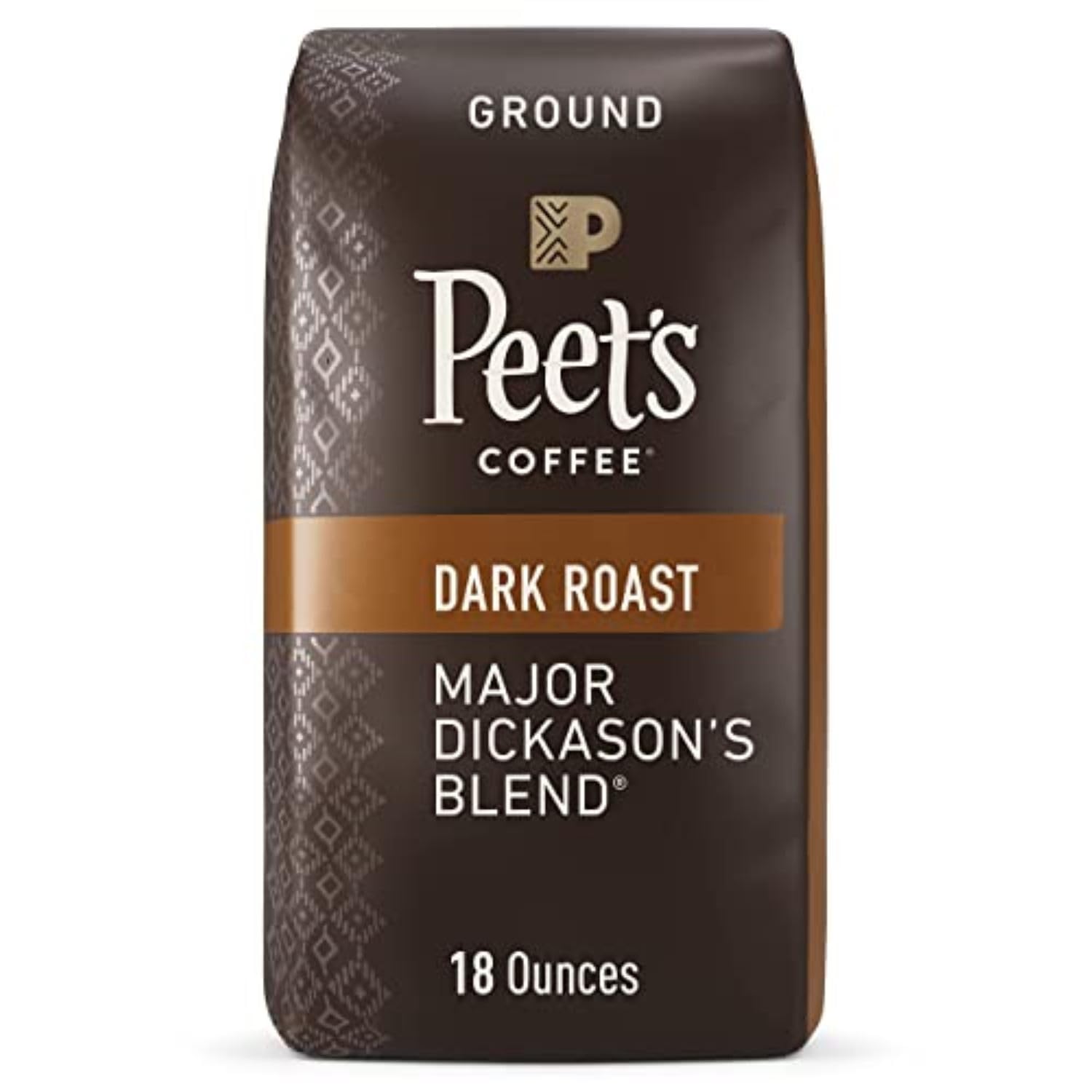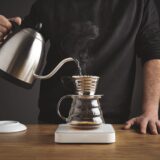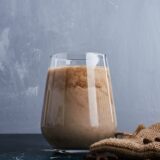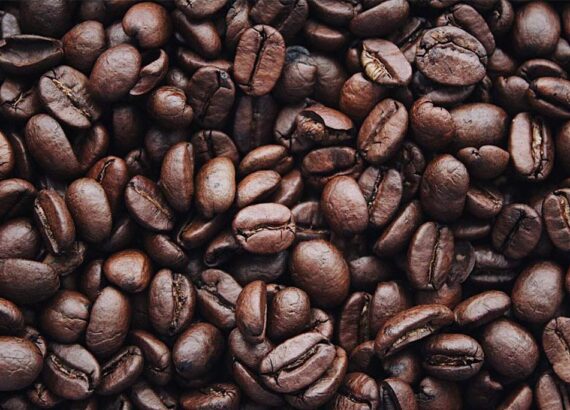Mastering Kettle Coffee Brewing
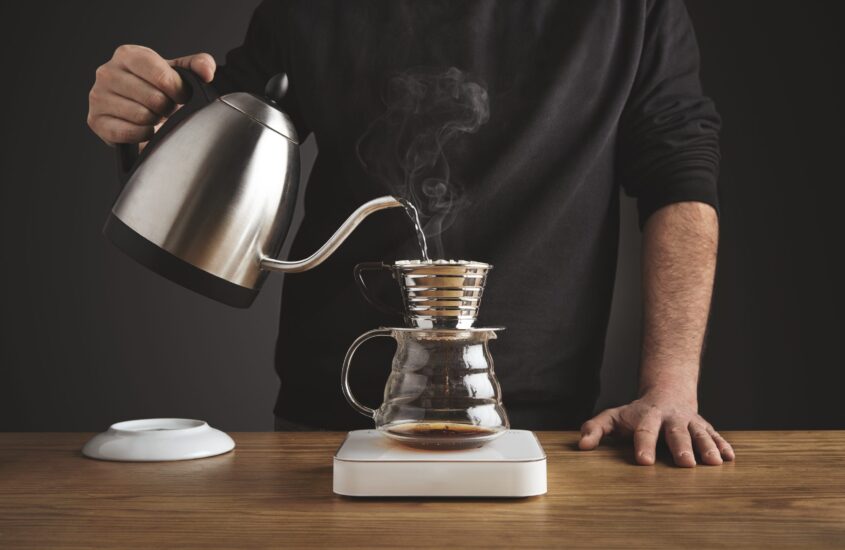
The kettle is for many of us the first impact we had with the preparation of a coffee. For hundreds of years to this day, the kettle has been a beloved method of brewing coffee at home.
With the wave of freshly roasted or specialty coffee, the pot also became a source for creating new recipes. If in the past coffee prepared in a kettle was simply a mixture of coffee and water brought to a boil, today the kettle has become a technique in itself.
This even involves different ways to brew the coffee, different times or different temperatures.
The importance of the coffee pot
The kettle is a small container made of various materials that has been used to prepare coffee since the 15th century. It began to spread as a preparation object in areas of the Middle East, and today it is used all over the world.
There are still renowned factories in areas of the Middle East, especially in Bosnia and Herzegovina, that produce quality kettles. However, the best kettles are considered to be hand-made in some areas of Turkey.
- Allegro Coffee Organic Continental Blend Ground Coffee
About this Item
- Amazing products, exceptional ingredients
- Specialty ground coffee
- Medium roast
- Complex, heavy, fruit-tinged
| Brand | Allegro Coffee |
| Item Form | Ground |
| Flavor | Blend |
| Caffeine Content | caffeinated |
Copper
Probably the most common material from which the kettle is made, copper is a very good choice for making coffee. It is known for its resistance to rust, however it tends to corrode over time, so most are manufactured with a layer of tin inside.
Copper is also an excellent conductor of heat, so it is suitable for cooking on the stove, sand or fire.
Brass
Another quality material used in the production of kettles is brass. This, unlike copper, is more resistant and less prone to corrosion. A brass kettle will last you for many years and is more appreciated by enthusiasts.
Stainless steel
Although it is not a traditional material, it remains a common option, being easy to clean and handle, but also cheaper compared to brass or copper.
And the handles are an important aspect in the quality of a kettle. The best kettles being made in the wooden handle part.
A high-quality wood is very resistant and, most importantly, it does not conduct heat, which is very important to avoid burning your hands.
At the opposite pole, lower quality kettles are made in the handle part of stainless steel or even plastic, the latter having the great danger of melting at too high temperatures.
Silver
Teapots made of silver are very rare and belong to the luxury category, being used in Arab countries by the richest.
Silver is the world’s greatest conductor of heat, and water kept in a silver kettle is believed to help eliminate free radicals from the body. For these reasons, coffee prepared in a silver pot is considered to be purer in some cultures.
Kettle coffee in 9 steps
Making coffee in a kettle is relatively easy, being a simple method of infusing coffee. The new recipes and techniques are slightly different from the classic ones used decades ago, focusing on the quality of the coffee, the water and its temperature.
- Measure 7 grams of coffee (the recommended ratio is 1:10, i.e. 1 gram of coffee to 10 of water).
- Grind the coffee to the smallest degree that the grinder allows. It is recommended that it be extra fine to get a proper infusion.
- Place the ground coffee in the kettle carefully.
- Pour 70 grams of water heated separately to 60 degrees over the coffee in the kettle.
- Mix with a wooden spatula to avoid lumps and encourage the infusion to be uniform.
- Place the kettle over a heat source and adjust the heat/heat to not too high. During this time the coffee is not homogenized to encourage the heat to spread evenly.
- Total infusion time should be between 2-2:30 minutes, but watch the process carefully. When the first bubbles form on the surface, turn off the heat source and remove the kettle to avoid boiling.
- Pour slowly into a cup tilting it at an appropriate angle so that the cream on the surface does not break easily.
- Wait 1-2 minutes for the coffee particles to settle to the bottom of the cup and it’s ready to serve.
- Starbucks Ground Coffee - Dark Roast Coffee Italian Roast 100% Arabica
About this Item
- PREMIUM GROUND COFFEE
- STARBUCKS ITALIAN ROAST COFFEE
- FRESH TASTE
| Brand | Starbucks |
| Item Form | Ground |
| Flavor | Chocolate and Marshmallow |
| Caffeine Content | caffinated |
| Roast Level | dark_roast |
The importance of water
In addition to the quality of the coffee, water plays an important role in the preparation of any infusion. In the case of the kettle, 90% of the final result is due to quality water.
The accepted standards for brewing a good coffee are:
- Water hardness: 50-175 ppm CaCO3
- Carbonic hardness: 40-75 ppm CaCO3
- Water pH: 6-8
- Recommended TDS: 150 ppm, but can range from 75-200 ppm.
A water that does not fall within these parameters can drastically influence the taste of the coffee. For example, with water that has a high PH (8+) you will get a coffee with an earthy taste that will leave a dry sensation on your tongue.
Or at the opposite pole, a water with a PH below 6 will taste too acidic, with a citrusy feel. That’s why balance is very important.
Good to know about kettle coffee
- It is the only preparation method in the world that is consumed with everything.
- In some cultures it is still practiced as a pre-wedding ritual. Brides must prepare a pot and serve it to the groom under the watchful eye of the mother-in-law.
- In other cultures it is used as a test on the groom. The bride prepares a kettle to which she adds salt (the amount of which should be equivalent to her feelings for the groom), and if the groom manages to drink the entire cup without having any facial expression, it is considered that he really wants the wedding to continue.
- Since 2009, the international barista competition has also had a section dedicated to the kettle, with each participant having their own recipe.
So, making coffee in a kettle is very simple to do, it only requires 3 important elements: a good kettle, good coffee and adequate water.


